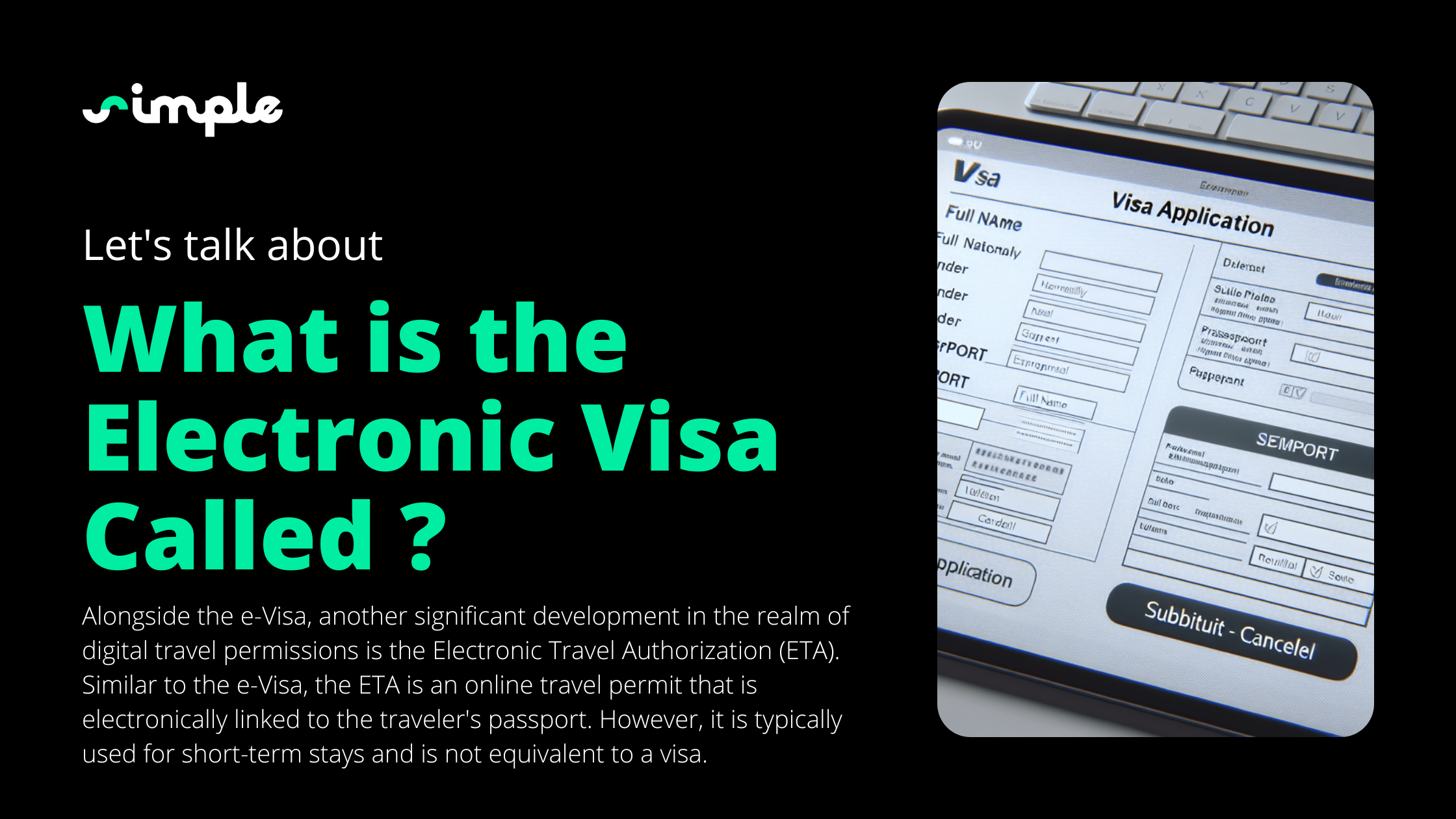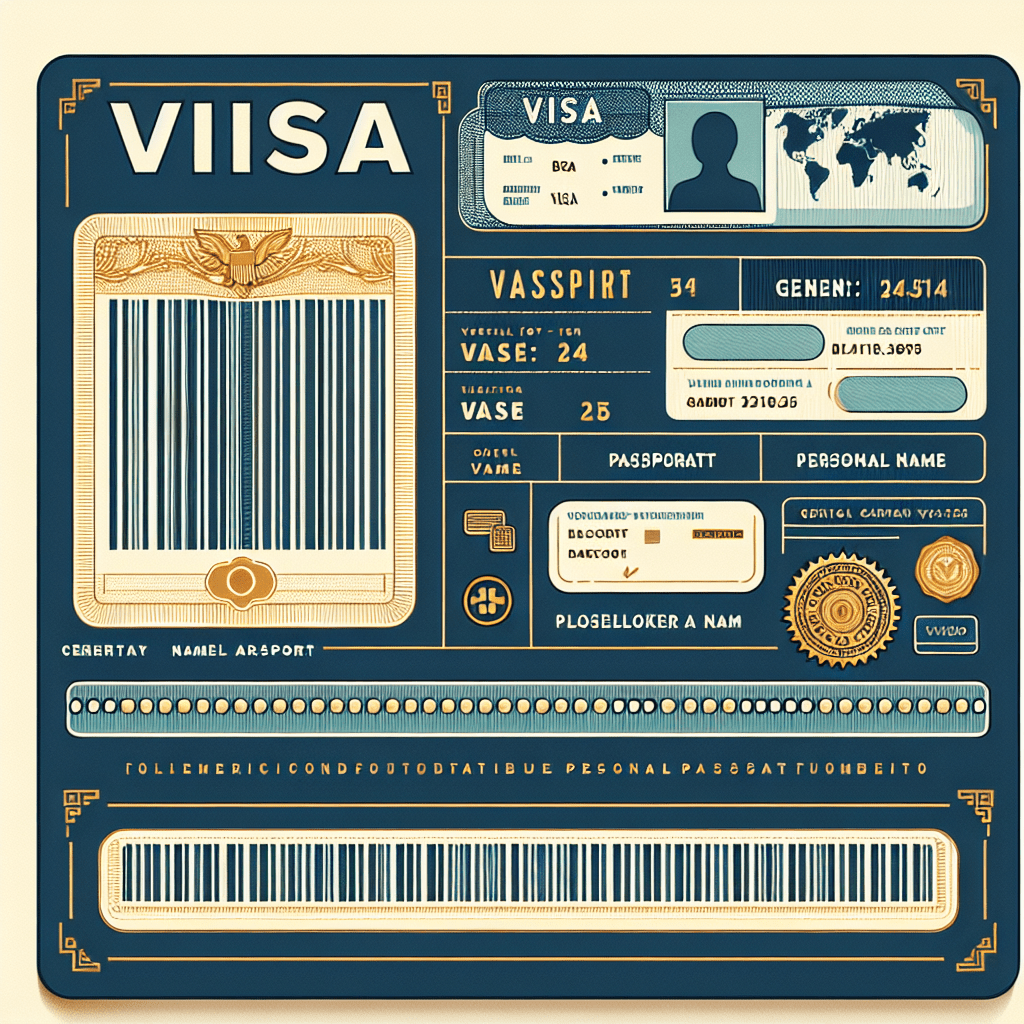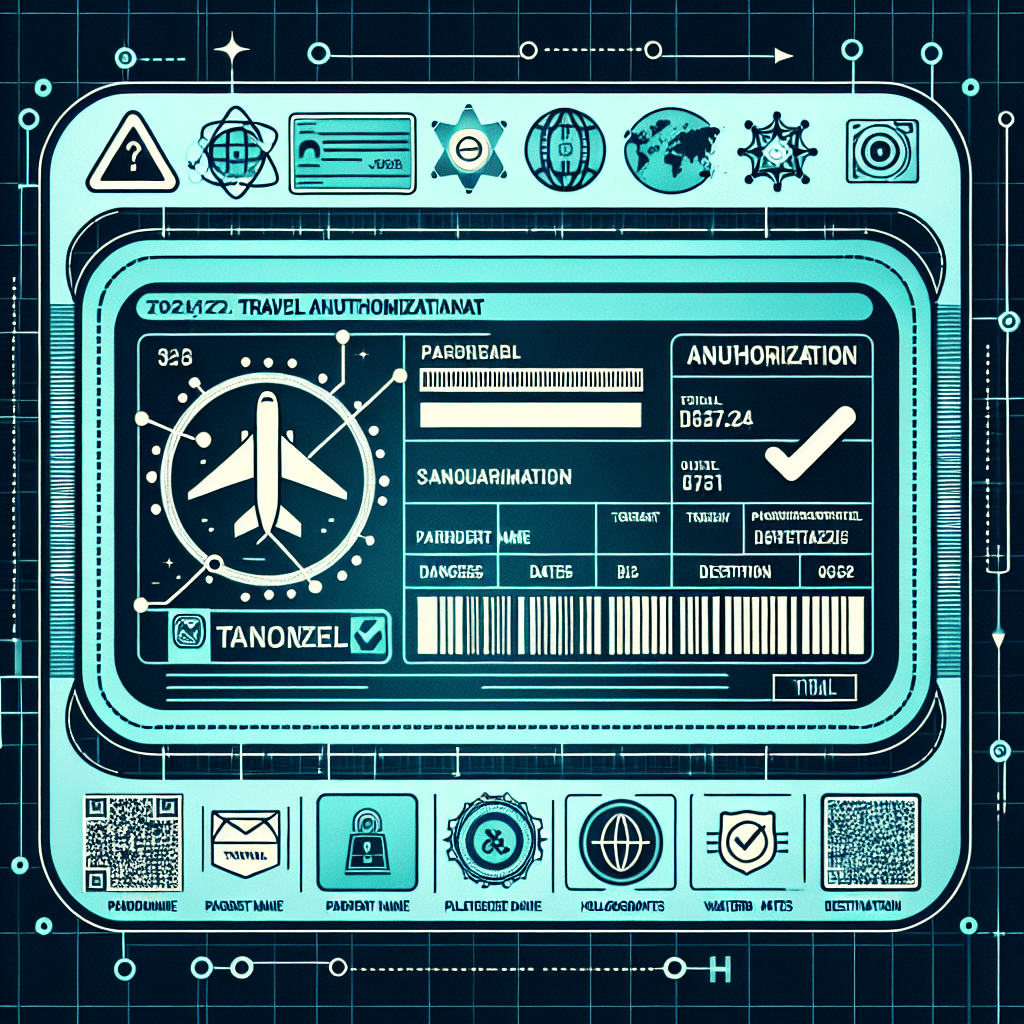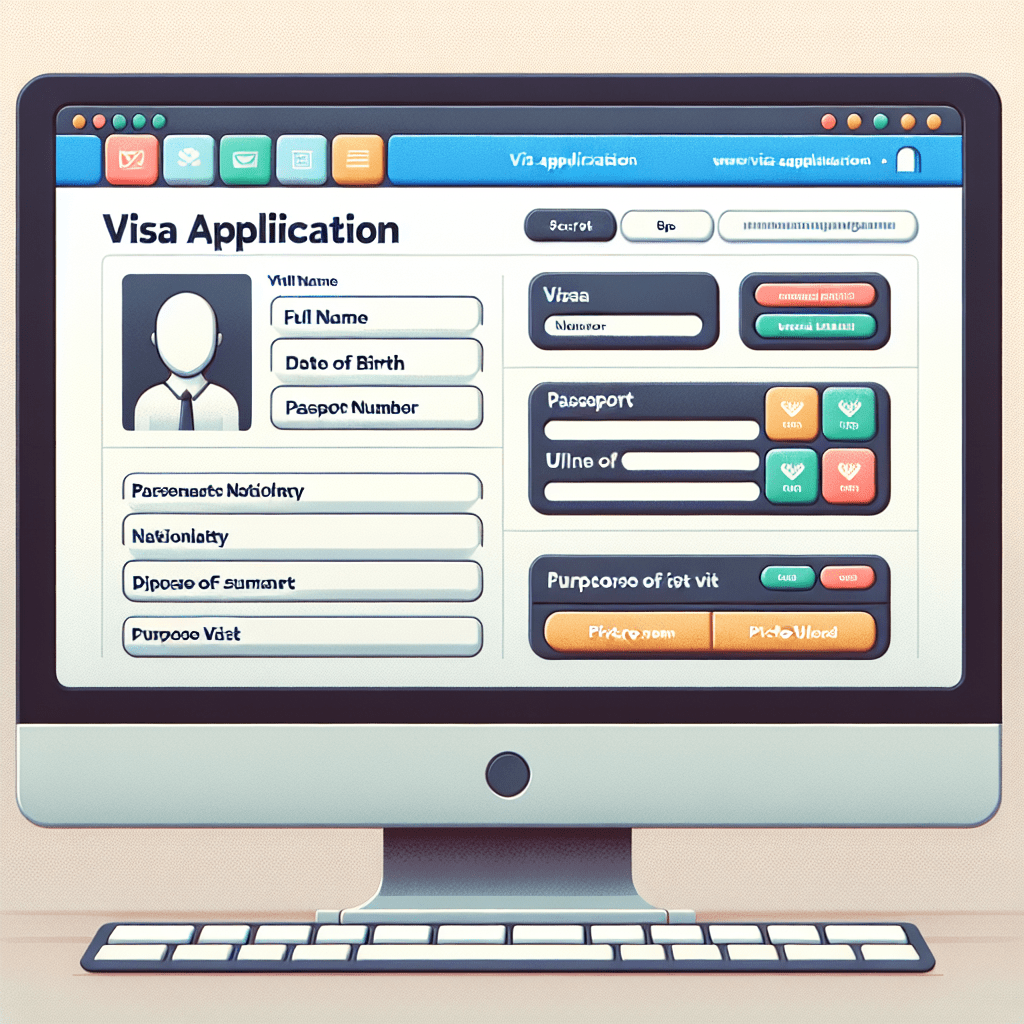Different Electronic Visa Name

Traveling internationally has been revolutionized by the advent of the Electronic Visa, also known as the e-Visa. This digital immigration document has streamlined the process of obtaining travel permissions, making it more efficient and accessible. The e-Visa is a form of travel authorization that is electronically linked to the traveler’s passport. It eliminates the need for physical paperwork, making the process of obtaining a visa faster and more convenient.
Alongside the e-Visa, another significant development in the realm of digital travel permissions is the Electronic Travel Authorization (ETA). Similar to the e-Visa, the ETA is an online travel permit that is electronically linked to the traveler’s passport. However, it is typically used for short-term stays and is not equivalent to a visa.
These advancements have significantly transformed the landscape of international travel. They have made it possible for travelers to apply for and receive travel permissions from the comfort of their homes, without the need to visit an embassy or consulate. This has not only saved time and resources but has also made international travel more accessible to a larger population.
For more detailed information on the Electronic Visa, continue reading as we delve deeper into the world of digital travel permissions.

Understanding the difference: e-Visa vs ETA
While both the Electronic Visa (e-Visa) and Electronic Travel Authorization (ETA) are forms of digital travel authorization, they serve different purposes and have distinct application processes and validity periods.
Distinguishing factors: application, validity, usage
e-Visa: applications and purpose
The e-Visa is an online visa application system that allows travelers to apply for a visa electronically. It is typically used for longer stays and may be single or multiple entry, depending on the issuing country’s regulations. The e-Visa processing involves submitting personal information, travel details, and supporting documents online. Once approved, the e-Visa is electronically linked to the traveler’s passport.
ETA: applications and purpose
On the other hand, the ETA is an electronic travel permit that is typically used for short-term stays, such as tourism, business visits, or transit. The application process for an ETA is usually simpler and quicker than that of an e-Visa. It involves submitting basic personal and travel information online, and once approved, the ETA is also electronically linked to the traveler’s passport.
The digital link to passport: How it works
The technology behind linking
The technology that enables the electronic linking of visas and travel authorizations to passports is a key component of the electronic visa system. This digital immigration document is stored in a secure database and can be accessed by immigration officials via a unique identifier, typically the passport number. This eliminates the need for physical stamps or stickers, reducing the risk of loss or damage.
Benefits for travelers: accessibility and efficiency
The digital visa service has significantly improved the accessibility and efficiency of obtaining travel permissions. Travelers can apply for an e-Visa or ETA from anywhere in the world, at any time, through an internet-based visa application. This not only saves time but also eliminates the need for physical visits to embassies or consulates. The online visa approval is typically faster than traditional methods, making last-minute travel more feasible.
Global implementation: Case studies
Countries implementing electronic visa and ETA: Examples
Many countries around the world have implemented e-Visa and ETA systems to streamline their immigration processes. For instance, Australia was one of the first countries to introduce an ETA system, while countries like India, Turkey, and Sri Lanka have successfully implemented e-Visa systems.
Future prospects: Countries proposing to launch electronic visa systems
Looking ahead, several countries are proposing to launch their own e-Visa systems to facilitate easier entry for foreign visitors. This reflects the growing trend towards digitalization in the realm of international travel and immigration. As more countries adopt these systems, the process of obtaining travel permissions is expected to become even more efficient and accessible.

The journey of visa application beyond electronic visa and ETA
The evolution of visa applications has come a long way, with digital technology playing a pivotal role in streamlining processes and enhancing security measures. The introduction of Electronic Travel Authorizations (eTAs) and Visas on Arrival (VOAs) has further simplified the immigration process, making international travel more accessible and efficient.
Streamlining visa processes through digital technology
Travel requirements then and now: A glance
Traditionally, obtaining a visa involved a lengthy and often complex process. It required applicants to physically visit an embassy or consulate, submit a plethora of documents, and often wait for weeks or even months for approval. The advent of the online visa application system has revolutionized this process. Today, travelers can apply for an Electronic Visa or ETA from the comfort of their homes, receive online visa approval, and have their digital immigration document electronically linked to their passport.
The elimination of personal document handling: Pros and cons
The shift to digital visa services has eliminated the need for personal document handling, reducing the risk of loss or damage. However, it also raises concerns about data security and privacy. It is crucial for the electronic visa system to have robust security measures in place to protect sensitive personal information.
Electronic Travel Authorizations (eTAs) and Visas on Arrival (VOAs)
eTAs: pre-screening travelers for security
eTAs serve as a pre-screening tool for travelers, enhancing security measures by allowing immigration authorities to assess potential security risks before a traveler arrives in the country. This electronic travel permit is typically used for short-term stays and is electronically linked to the traveler’s passport.
VOAs: Simplifying immigration process
Visas on Arrival (VOAs) further simplify the immigration process by allowing travelers to obtain their visa upon arrival in the destination country. While this eliminates the need for pre-travel visa applications, it is typically available only for certain nationalities and may involve waiting in line upon arrival.
Secure database and online applications: Back-end support
Security measures in storing visa records
The electronic visa system relies on a secure database to store visa records. This database is protected by advanced security measures to prevent unauthorized access and protect sensitive personal information. The digital visa issuance process involves verifying the applicant’s information against this secure database, ensuring the integrity of the visa process.
Accessibility: Who can access the visa records
Access to the visa records is typically restricted to authorized immigration officials. This ensures that sensitive personal information is protected and used only for the purpose of processing the visa application. The internet visa service provides a secure platform for applicants to submit their information and track the status of their application.

Future of visa management: Technology intervention
As we look towards the future of visa management, technology continues to play a pivotal role in shaping the landscape. The integration of biometric verification in the e-Visa application system is one such advancement that promises to enhance security and streamline the application process.
Biometric verification: An overview
Technology advancement in ID verification systems
Biometric verification represents a significant advancement in ID verification systems. It involves the use of unique physical or behavioral characteristics, such as fingerprints, facial features, or iris patterns, to verify an individual’s identity. This technology has been increasingly integrated into various sectors, including the electronic visa system, to enhance security and efficiency.
The role of biometric verification in enhancing security
Biometric verification plays a crucial role in enhancing the security of the online visa application process. By verifying an individual’s identity based on unique physical characteristics, it reduces the risk of identity theft and fraud. This not only enhances the security of the electronic visa system but also increases the confidence of travelers in the digital immigration document process.
The reality of biometric and electronic verification: Examples
Efficient application process: How it works
The integration of biometric verification in the e-Visa processing system has made the application process more efficient. Applicants can submit their biometric data online, which is then verified against a secure database. This eliminates the need for physical document handling and reduces the time required for visa approval.
Implementation in visa application centers: Case studies
Several countries have already implemented biometric verification in their visa application centers. For instance, the United Kingdom uses biometric data as part of its visa application process, while the United States has implemented a biometric exit system at select airports to track visa overstays. These case studies demonstrate the practical application and benefits of biometric verification in visa management.
Looking into the future: Travel conveniences and security
Future travel experiences: A prediction with electronic systems
As technology continues to evolve, the future of travel is expected to become even more convenient and secure. The continued development and implementation of electronic systems, such as the e-Visa application system and biometric verification, are set to further streamline the visa application process and enhance security measures.
Global reception and projections for advanced visa management
The global reception towards advanced visa management systems has been largely positive, with many countries recognizing the benefits of digital travel authorization and biometric verification. As more countries adopt these technologies, the future of visa management looks promising, with projections indicating a shift towards more efficient, secure, and accessible visa processes.

Embracing the Future of Visa Management
The paradigm shift in visa management systems, driven by the advent of digital technology, has revolutionized the landscape of international travel. The introduction of the Electronic Visa (e-Visa) and Electronic Travel Authorization (ETA) has streamlined the visa application process, making it more efficient and accessible. These digital travel authorizations, which are electronically linked to the traveler’s passport, have eliminated the need for physical paperwork and reduced the time required for visa approval.
Furthermore, the integration of biometric verification in the electronic visa application system has enhanced security measures, reducing the risk of identity theft and fraud. This technology, which verifies an individual’s identity based on unique physical characteristics, has been increasingly adopted by countries around the world. The implementation of biometric verification in visa application centers has demonstrated the practical application and benefits of this technology in visa management.
Looking ahead, the future of visa management promises to be even more efficient, secure, and accessible. The continued development and implementation of electronic systems, such as the e-Visa application system and biometric verification, are set to further streamline the visa application process and enhance security measures. This not only benefits global travelers, who can look forward to a more convenient and secure travel experience, but also countries, which can enhance their immigration processes and security measures.
As we embrace the future of visa management, it is clear that the potential impacts for global travelers and countries are significant. The shift towards digital travel authorization and advanced visa management systems represents a significant step forward in the realm of international travel and immigration. It is a testament to the power of technology in transforming traditional processes and enhancing global mobility.